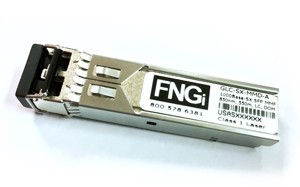Chromebooks have been around since 2011, odds are you may have used one or at least seen one in a local store. Chromebooks run Google’s Chrome Operating System and tied to the Google application ecosystem. Let’s take a look at some Pro’s and Con’s about using a Chromebook.
Pro: Linux-based operating system specifically designed by Google does not need anti-virus or is impervious to 99.999% of malware you will come across.
Con: Common PC-oriented applications cannot be used. Including Microsoft Office (desktop), Adobe Photoshop, Mozilla Firefox, etc. However many of these applications have analogous software or lightweight versions available via the Chrome Web Store.
Pro: Fast boot times and well known interfaces. If you’ve used the Google Chrome web browser or an Android-powered phone, you will feel right at home with a Chromebook.
Con: Limited hardware available. Many times the hardware specs of Chromebooks will be much lower that full-fledged laptops running Windows or Mac OS. However, Chrome OS and applications are so lightweight, that the hardware they ship with is more than capable.
Pro: Android Applications are coming to Chrome OS. Google is working on integrating Android apps that run on your phone or tablet to run inside of Chrome OS. Moving from one device to another will continue to become more and more seamless.
Con: People heavily integrated into the Apple ecosystem will find very few options on how to interact with their Apple-based applications and sign-in options.
Chromebooks can be very powerful devices when utilized correctly and for the majority of day-to-day uses they will fit every need you have. While they can’t fully replace your classic Windows or Apple laptop, they certainly can close the gap nicely. And their price point makes them a fantastic secondary device to keep near the couch, or a first laptop for a child.



